Through The Looking Glass Millennials Their Preferences And Homeownership
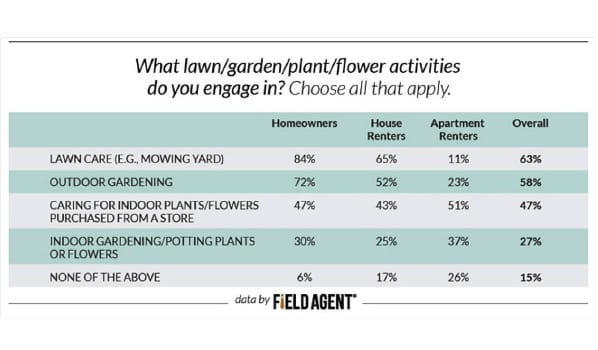
If you watch the news, the future can often seem bleak. You’ve heard about Millennials having difficulty finding good jobs and turning away from the values and ideals that many generations before them have firmly held to. I, like many, was getting increasingly concerned about the future of the industry I’ve grown up with and love. Yet, my business is still growing. Why? As we learned in the last election cycle, you can’t always believe what you see. If there is one thing that being scientifically minded has taught me, it’s that you have to look at the big picture, look at things from multiple angles, and dig deeper to uncover the truth. My goal at the end of this is to give you HOPE!
When analyzing Millennials for the future of our industry, the first issues to discuss are opinion data and forming consensuses from that data. Both of these issues have the same conclusions, however. Consensus and opinion-based data are just not reliable. For example, opinion data gives us a snapshot of the here and now, but problems arise when analyzing it over time. The opinions and feelings people have right now will likely change as their perspective, age, and socio-economic status changes. What may be true now may not be true later. So, Millennials will not always have the opinions and feelings they possess currently. Their opinions and feelings will evolve as their lives progress (Hope!).
Using opinion data to gain more insight into Millennials is also a bad idea because it is easily manipulated through careful wording of questions, does not typically gather enough data points to significantly reduce the margin of error and does not seek to eliminate as many variables as possible, like people lying (quantifiable data).
Below is an example of an opinion poll:
 |
| Source 1 |
When looking at Millennials and our industry, another issue is the type of housing they prefer. Many Millennials are choosing to live in urban settings, rather than rural settings with lawns. However, keep in mind that our overall population as a nation is still growing. This means, regardless of where Millennials may choose to live, a good number of them will, in fact, choose suburbia. There continues to be a tight supply of single-family home inventory on the market and that trend will continue for some time to come. There was some fear that this would not happen because of news reports of low interest in home ownership with the younger generations, but that opinion doesn’t make sense. Here is some much more telling data to consider. Below is the 10-year new home sales data for the United States:
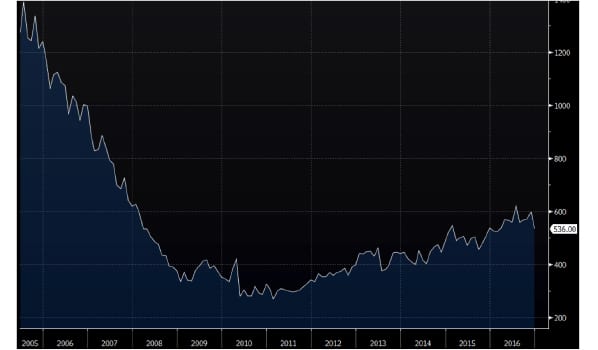 |
| Source 5 |
You don’t have to be a rocket scientist to see what is happening here. New home sales are on the rise. I expect 2017 to be a very robust year for new builds, which should excite all of you!
And here are the existing home sales:
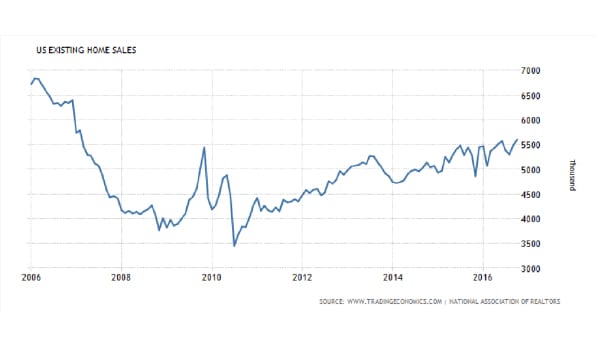 |
| Source 4 |
Existing home sales are increasing, too, which means, unless something catastrophic happens, the trend will continue for both new and existing homes. This trend is confirmed by the work of Henry George and Dr. Glenn Mueller. They figured out that housing has a cycle that is predictable with four quadrants: phase I recovery, phase II-expansion, phase III – hypersupply and phase IV – recession.
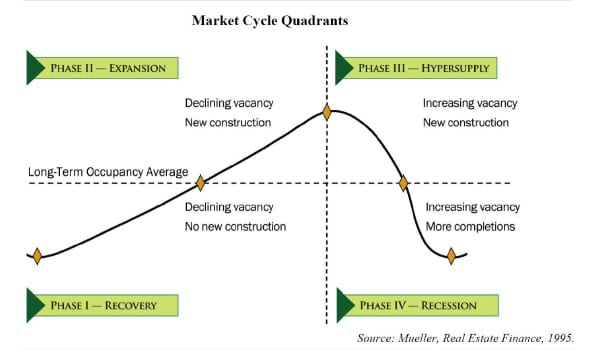 |
| Source 3 |
According to their work and going back to the housing graphs above, since new construction and buying homes are picking up, we are in the expansion phase of the real-estate market. This means we will all have work to do for some time. I can provide you with more data, but the bottom line here is that there is limited inventory for buyers to choose from. Just driving around, you will see miles of new subdivisions going in. All of the people buying and building homes will need services. That is good for us!
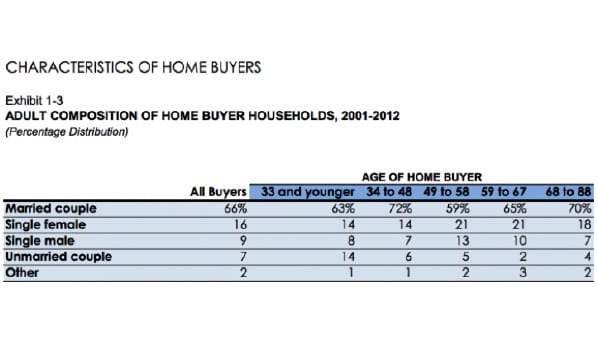 |
| Source 2 |
We can’t forget to analyze the characteristics of Millennials when discussing their future implications on our industry. Many people, including the Millennials, are choosing to wait longer to get married and start families. They want to save money, enjoy life, and build their careers first. All that doesn’t mean they won’t own a home with a lawn later.
Ultimately, I think the vast majority of Millennials will choose the same path as the generations that preceded them. In a digitally distracted world, Millennials are longing for something real, pure, and nostalgic. They want what they grew up with, which is the same dream their parents had. Millennials want a home in the suburbs, where they can get together with neighbors, have cookouts and watch the kids play in the front yard while sitting on the porch on a hot, summer night (Perfect for us!).
Millennials can be characterized as wanting to keep up with the Jones’s. I recently asked one of my good customers, who is a college-educated Millennial himself, to describe the breakdown of a high-end subdivision in a desirable suburb in the greater Cleveland area. His impression was the vast majority of his customers were in the 30-40-year old range. Additionally, he said he felt like none of them really wanted to pay for lawn care, but they are not going to be caught having the worst lawn on the block. So, it would seem that the “keeping up with the Jones’s” mentality is still alive and well in the suburbs. We can live with that.
He offered one additional characteristic insight, also. He felt that many of his clients feel torn between vanity and values and transitioning lawn fertilization programs to hybrid organic ones might be a good idea (he was doing this). He said that several of his customers seemed very excited about this “win-win” approach. I agree with his insight. Some of my fastest growing clients offer hybrid organic programs; programs that utilize improved efficiency technology, and liquid programs that do both.
Even if Millennials do decide to buy a home, does this mean they will pay for lawn care, landscaping, and fertilization services? Millennials appear to value balance. So, between family, fun, and their career, I think they will choose to hire many services out that they don’t see value investing time and energy into, especially as they increase their wealth.
Years ago, another client told me that the worst income bracket to target was households with incomes between $70,000 and $110,000 per year. He said that people in the middle are more likely to be do-it-yourselfers, while those with higher incomes don’t have time for lawn care. However, he said the higher incomes did see value in their home as an investment that needs to be maintained.
After examining the opinion data issue, as well as Millennial housing and characteristics, hopefully, this helps shed some light into the Millennial generation and gives you the assurance that our industry will survive them in the future.
Sam Weil
ATS Sales Rep
Sources:
Source 1
Source 2
Source 3
Source 4
Source 5







